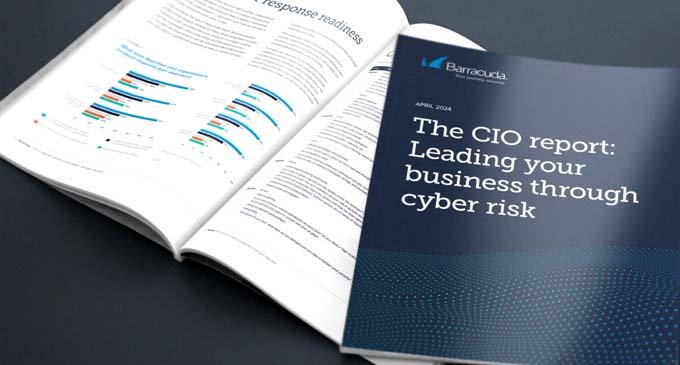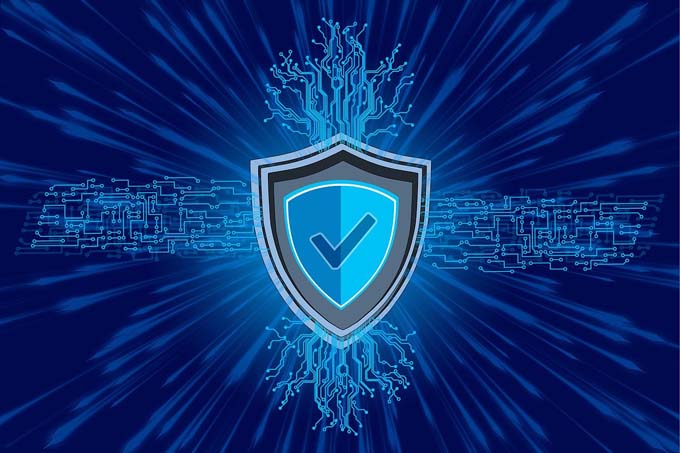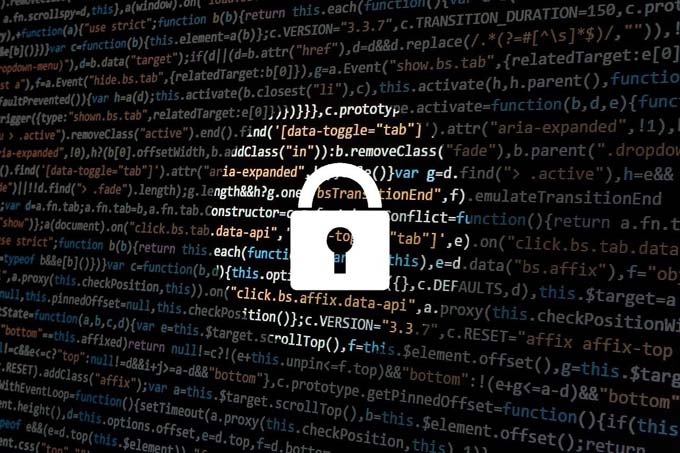EY study: Digitization conquers board of directors
A new EY study examines how secure and digital communication in management and supervisory bodies really is? One fact up front: the days of analogue meeting folders and piles of files are over.

The Study "Board Communication and Digitization by EY (formerly Ernst & Young) and Brainloop was conducted at HHL Leipzig Graduate School of Management and Philipps-Universität Marburg. Board members and senior management (respectively supervisory boards and management boards) of 2800 companies in Benelux, DACH, France, Scandinavia, UK and Ireland were surveyed.
Three quarters use board portals
The days of analogue meeting folders and piles of files are over. According to the study, 76 percent of respondents already use digital board portals, i.e. collaborative software, to efficiently view and securely process sensitive documents. The distribution by country is interesting. In Scandinavia and the Anglo-Saxon countries, almost all participants in the study use board portals (90 percent), and in the German-speaking countries, 70 percent. France brings up the rear with 64 percent. Once the portal has been introduced, it becomes firmly established in the company. 90 percent of respondents are satisfied or even very satisfied. The respondents consider the following features to be particularly relevant for the selection of a suitable board portal solution:
- Encryption is at the top of the list (83 percent)
- More than two thirds (67 percent) consider the audit-proof documentation of all activities via an audit trail to be important.
- For 65 percent, data protection according to local jurisdiction is particularly relevant
- More than half of respondents (55 percent) want to ensure that the IT administrator does not have access to the stored information
"Using board portals is a great way to make board work more efficient," explains Gabriel, Managing Director of Brainloop Switzerland. "This includes mobile access to important documents as well as commenting on meeting documents and draft resolutions. Even resolutions can be carried out electronically. It goes without saying that these processes can only take place in a highly secure data room." In terms of other board processes facilitated by digitization, there is still room for improvement: Despite the widespread use of board portals, votes at board meetings are still almost predominantly cast by hand signatures (77 percent). Digital solutions are rarely used, although they can be used to record votes and provide audit-proof evidence at a later date.

Session technologies and formalization
At almost all companies (92 percent), board meetings take place as face-to-face meetings. Conference calls are often used at one-third (33 percent) and over one-quarter (26 percent) regularly use document-based communication in connection with meetings. Video conferencing is the least commonly used method for conducting board meetings (12 percent). In the future, however, this could change as decision-making, particularly on the board of directors, needs to be increasingly timely and efficient. Virtual meetings and electronic means of communication could then increase further.
For this to be possible, the information processes must be defined and formalised accordingly in the articles of association and rules of procedure. The majority of respondents consider the actual degree of formalization of the information processes between the company and the board of directors to be high (46 percent) or very high (16 percent). However, there is also a proportion of 37 percent who rate their information processes as at best partially formalized or even less. This high figure is surprising given the implicit liability risk associated with insufficient formalization of information processes.
The decision on the provision of information to the board of directors is predominantly defined jointly by the board of directors and management. This is stated by 29 percent in the one-tier system and 37 percent in the two-tier system. Efficient information provision to the board of directors is a central factor for professional corporate monitoring. In addition to system support, personnel support for the board in the form of a board office is more necessary today than ever before. This is the only way to ensure not only the timely transmission but also the quality of the information. This is also confirmed by the study: in the course of preparing meetings, the corporate officer is the most frequent contact (73 percent), ahead of the managing director (59 percent) and the chairman of the board of directors (51 percent).
Cyberattacks and unencrypted emails widespread
About half of the study participants regularly deal with the topics of cyberattacks and data leaks (55 percent) as well as data protection and data sovereignty (48 percent). When asked about their level of knowledge, 43 percent said they already had a lot of experience with cyberattacks. For data protection, the figure was 51 percent. Despite this, board members often still use unencrypted emails to access information. Nearly half (49 percent) often resort to this insecure form of data exchange when communicating with mobile devices, putting the security of sensitive documents at risk. On a positive note, however, the use of secure board portals for communication is on the rise (64 percent access via laptop and 80 percent via mobile devices).
The situation is similar when external consultants access meeting documents: Here, too, data is still passed on unencrypted by a fifth of companies (21 percent), making them easy prey for hackers. However, as many as 55 percent use encrypted emails or board portals with specific access rights. "Boards of directors are a worthwhile target for hackers because they work with sensitive documents every day. If data exchange with external advisors and colleagues is not stringently secured, they are an easy target for industrial espionage," says Gabriel "With the increasing use of secure board portals, we are on the right track. This allows us to balance confidentiality and ease of use so that there is no longer a need for unencrypted communication, even in mobile use."
The study is available for download on the Brainloop website: https://biz.brainloop.com/de-ch/board-studie









